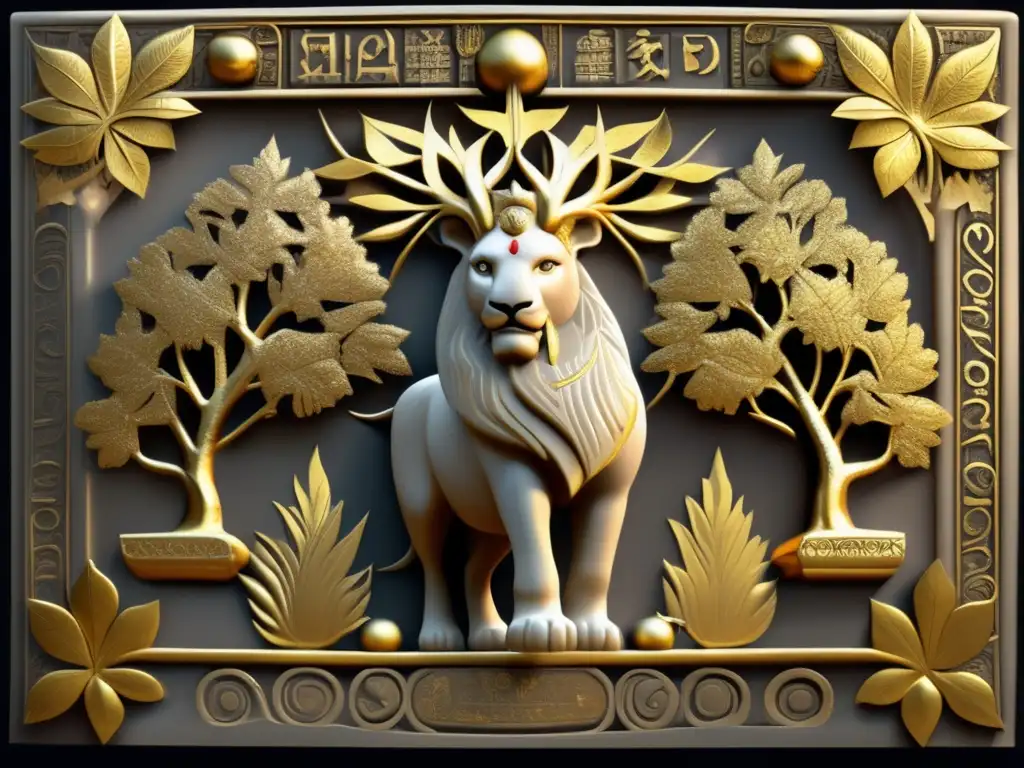Deiphobus: A Comprehensive Analysis Of Its Features

Introduction
Welcome to Asteroid Realm, your ultimate source for in-depth information on asteroids. In this article, we will delve into the compelling world of Deiphobus, exploring its unique features and shedding light on its significance within the celestial realm.
The Origins of Deiphobus

Discovery and Naming
Deiphobus was discovered on October 17, 1995, by astronomers Carolyn S. Shoemaker, Eugene Merle Shoemaker, and David H. Levy at the Palomar Observatory in California, USA. It was named after Deiphobus, a figure from Greek mythology known for his bravery during the Trojan War.
Physical Characteristics
Deiphobus is classified as a medium-sized main-belt asteroid, orbiting the Sun in the asteroid belt between Mars and Jupiter. With an estimated diameter of approximately 25 kilometers, it has a relatively spherical shape and exhibits a relatively bright surface.
Composition and Spectral Analysis
Spectral analysis of Deiphobus suggests that it belongs to the carbonaceous C-type asteroid group. This indicates a composition rich in carbon-based compounds, potentially including organic materials and water-bearing minerals.
Asteroid Family Connections

Membership in the Flora Family
Deiphobus is considered a member of the Flora asteroid family, which is one of the largest asteroid families in the inner region of the asteroid belt. The Flora family is believed to have originated from a catastrophic collision that occurred around 1 billion years ago.
Dynamical Characteristics
Deiphobus follows a relatively circular and moderately inclined orbit around the Sun, with an orbital period of approximately 4.35 years. Its orbit intersects with those of other members of the Flora family, indicating a shared origin and formation history.
Impact and Meteorite Connection
Studying Deiphobus and its family members provides valuable insights into the nature of asteroid collisions and their potential role in delivering meteorites to Earth. By analyzing the composition of meteorites believed to be associated with the Flora family, scientists can gain a better understanding of the early Solar System's evolution.
Role in Mythology and Cultural Significance

Deiphobus in Greek Mythology
In Greek mythology, Deiphobus was a prince of Troy and a formidable warrior during the Trojan War. He played a significant role in defending the city against the Greeks. However, his fate took a tragic turn when he was murdered by Helen of Troy's ghostly avengers.
Cultural References and Symbolism
The name "Deiphobus" has been referenced in various works of art, literature, and popular culture. It symbolizes bravery, heroism, and the complexities of war. Deiphobus represents the narratives of sacrifice, betrayal, and the human condition in the face of adversity.
Asteroid Deiphobus's Cultural Impact
By associating Deiphobus with a celestial body, astronomers pay homage to the cultural significance of Greek mythology and its enduring impact on human storytelling. This connection serves as a reminder of the broader context in which scientific exploration and discovery take place.
Frequently Asked Questions

-
What is the size of Deiphobus?
Deiphobus has an estimated diameter of approximately 25 kilometers.
-
What is the composition of Deiphobus?
Deiphobus belongs to the carbonaceous C-type asteroid group, indicating a composition rich in carbon-based compounds.
-
What is the Flora asteroid family?
The Flora asteroid family is one of the largest families in the inner region of the asteroid belt and is believed to have originated from a catastrophic collision.
-
What is the orbital period of Deiphobus?
Deiphobus has an orbital period of approximately 4.35 years.
-
What is the cultural significance of Deiphobus?
Deiphobus holds cultural significance as a character in Greek mythology and symbolizes bravery and heroism.
Conclusion
Deiphobus, with its fascinating origins, physical characteristics, and connections to mythology, highlights the intricate interplay between science and culture. Exploring asteroids like Deiphobus not only expands our knowledge of the cosmos but also deepens our understanding of humanity's collective imagination. As we continue to unravel the secrets of these celestial objects, let us embrace the wonders they offer and appreciate the stories they inspire.
Thank you for joining us on this journey through the realm of asteroids. We invite you to share your thoughts and engage with www.asteroidrealm.com by subscribing, sharing this article on social networks, or leaving a comment below. Together, let's unlock the mysteries of the universe.
Additional Resources

For further exploration on asteroids, mythology, and celestial objects, we recommend the following resources:
- Asteroid Glossary: Key Terminology for Understanding Celestial Bodies
- Greek Mythology: Unveiling the Legends Behind Celestial Names
- The Flora Family: Insights into Asteroidal Collisions and Impact Craters
- Carbonaceous Asteroids: Exploring Organic Compounds in the Solar System
 The Intriguing Nature Of Asteroid Ascanius
The Intriguing Nature Of Asteroid Ascanius Aeneas: A Detailed Look Into Its History And Characteristics
Aeneas: A Detailed Look Into Its History And Characteristics Exploring The Features And History Of Asteroid Creusa
Exploring The Features And History Of Asteroid CreusaIf you want to discover more articles similar to Deiphobus: A Comprehensive Analysis Of Its Features, you can visit the Asteroid Profiles category.
Leave a Reply

Articulos relacionados: